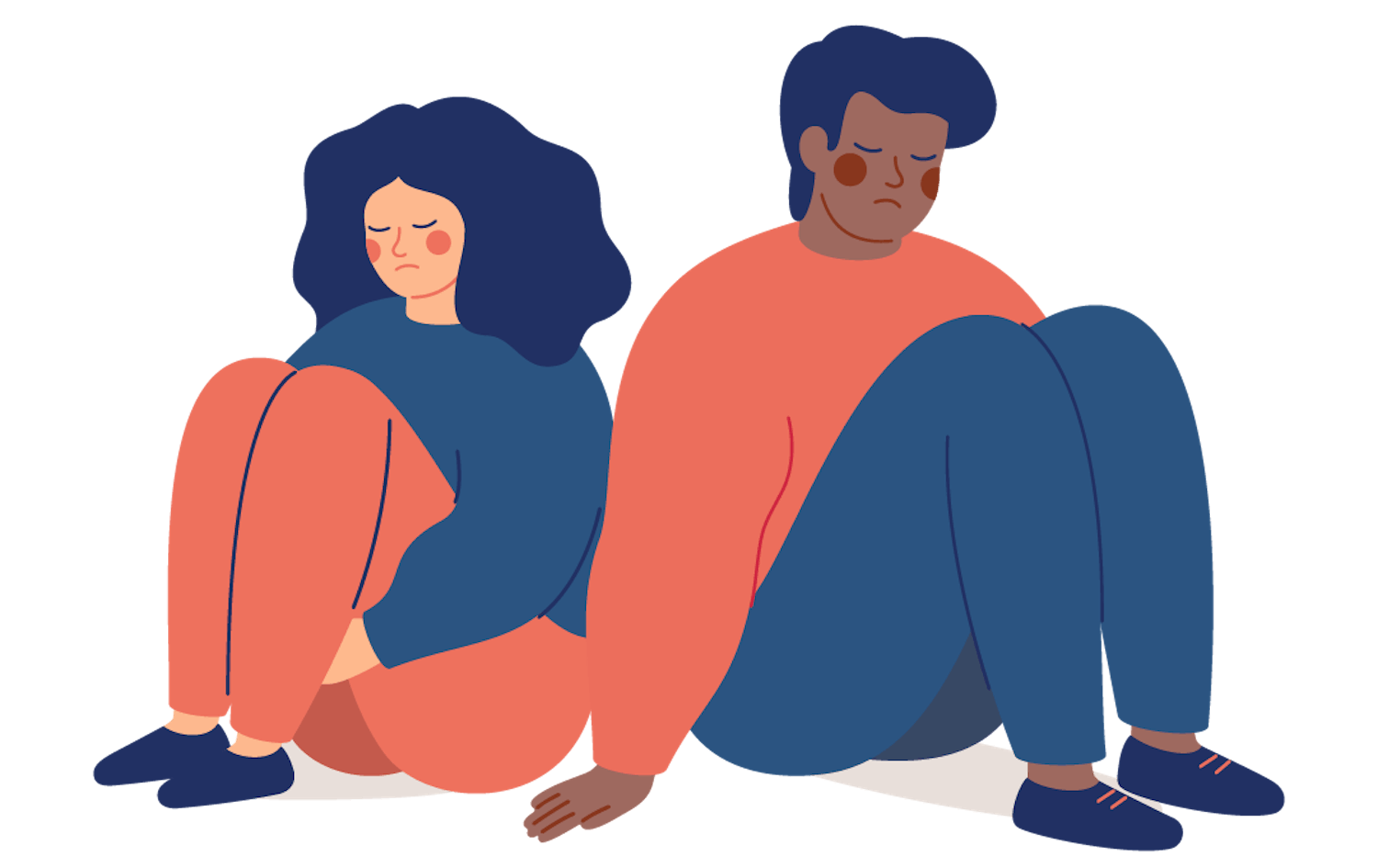The Hearing
Going to Barnahús is nothing like going to a police station. Barnahús just looks like a regular home. You can go for an interview in Reykjavík or Akureyri, whichever is closer to your home.
What kind of questions are asked?
The questions in the interview are simple and clear. It is made sure that they won't make you think about something that didn't happen. You can trust the person asking the questions because they are specially trained to ask the best questions for these types of interviews.
All children are interviewed in a similar way, but still based on their age. For example, drawings are sometimes used for younger children. If you have any diagnosis, Child protection services will let Barnahús know. This is to help you feel as comfortable as possible during the interview.
Who asks the questions?
In the interview, it's just you and a specialist from Barnahús who is experienced at these kinds of interviews. The specialist isn't allowed to do anything in the interview other than what they're supposed to do. There are very strict rules about that. The person talking to you just wants to find out what happened.
The interview is recorded
You won't have to go to court and talk there. Instead, your interview is recorded and then played in the courtroom.
Family members
The adult who is with you will be in a different room while you're in the interview. They won't watch or listen to it.

